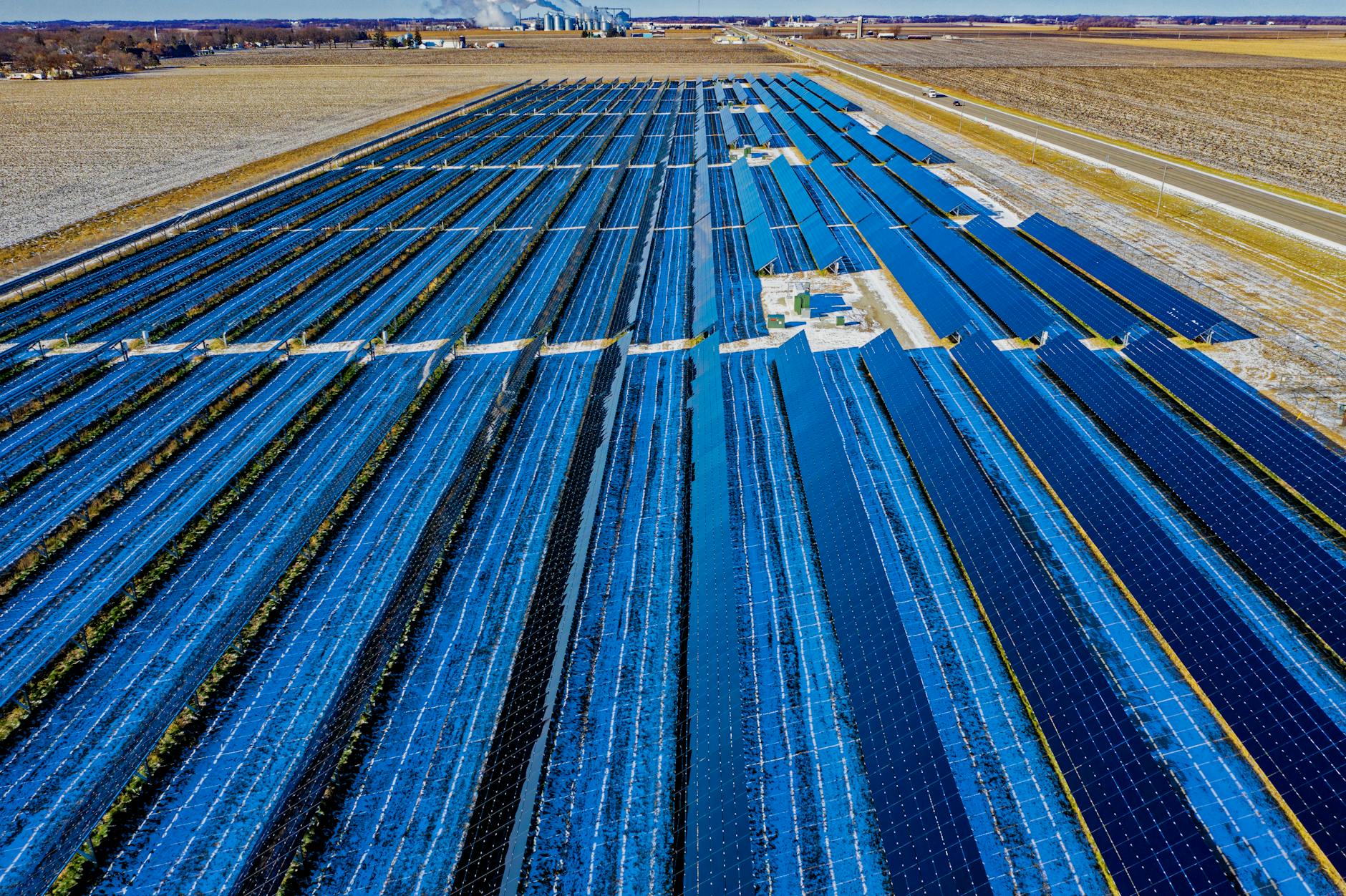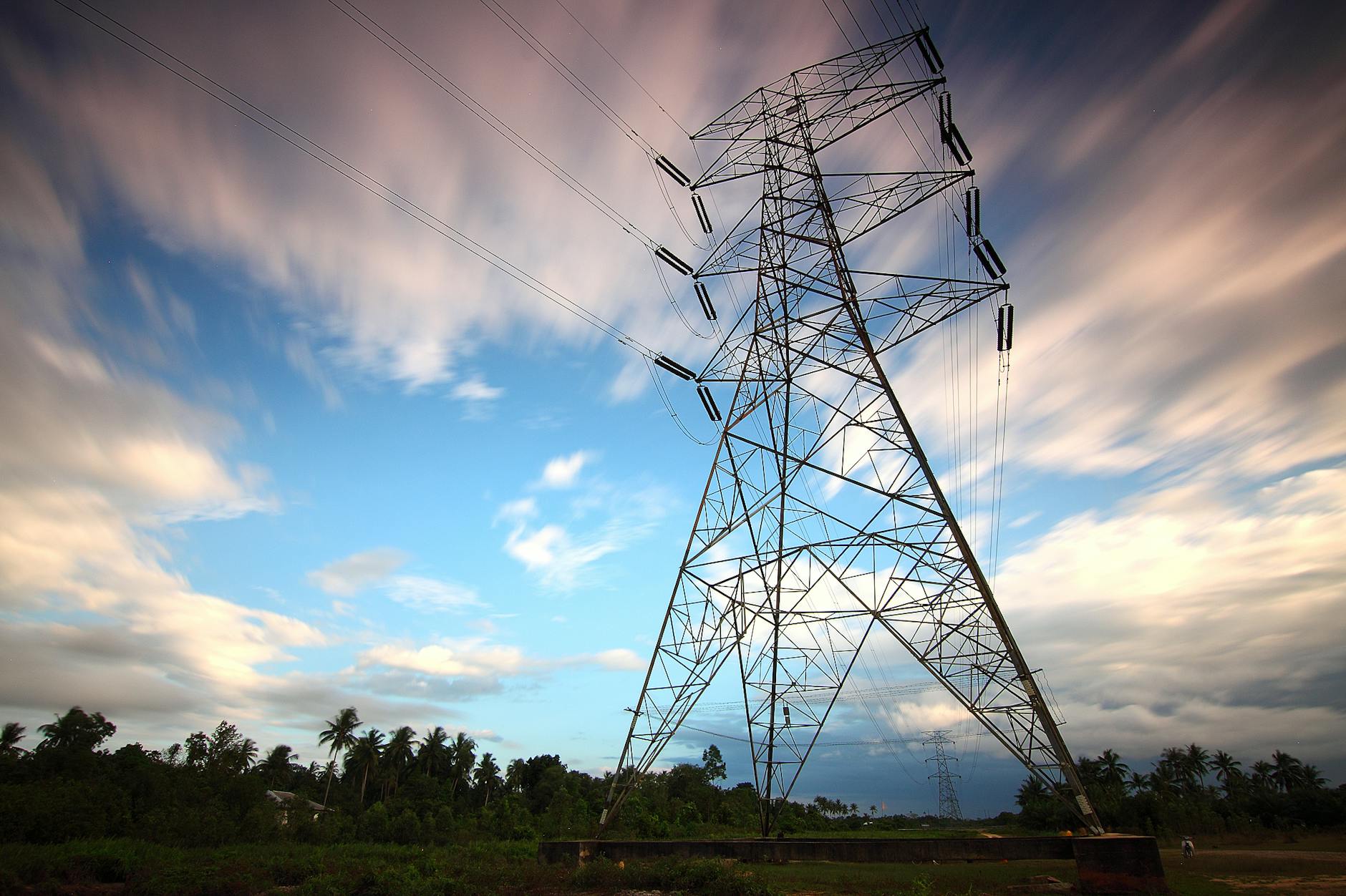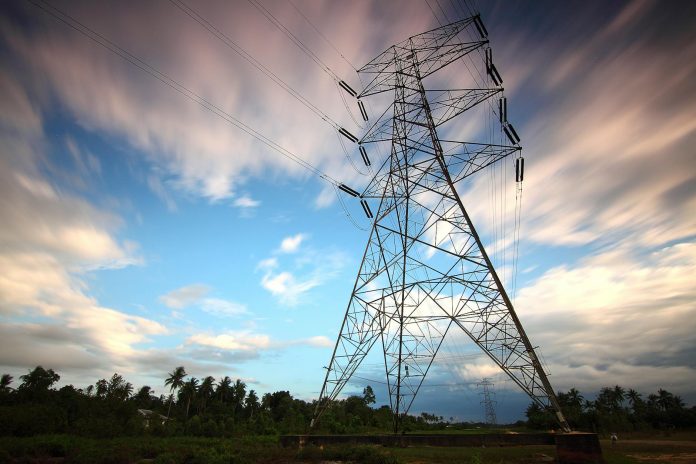In an age where business practices increasingly exhibit a smart, forward-thinking approach, one crucial aspect that should not be left behind is energy cost management. Fluctuating energy markets and rising electricity prices often mean that companies end up spending way above their budget to power their operations.
However, astute companies are adopting strategies to future-proof their energy costs, economically and sustainably. Here’s how.
The Landscape of Energy Management
In recent years, energy management has begun to move away from its traditional structure. Increasingly, companies are exploring and experimenting with local energy production and a more efficient consumption approach. One such strategy involves the utilization of BESS battery storage.
BESS, or Battery Energy Storage Systems, store electricity produced at peak production times for use during peak consumption periods. Companies can also supplement their energy needs with BESS during power outages, enabling seamless operation.
Harnessing Renewable Energy

Harnessing the power of renewable energy is a cost-effective, sustainable, and savvy business move. Investing in renewable energy production not only insulates your business from unpredictable energy cost fluctuations but also demonstrates a commitment to sustainability, an increasingly attractive factor for businesses in today’s socially conscious market.
Solar and wind power are the most accessible forms of renewable energy. Costs for installing renewable energy systems have significantly lowered in recent years, offering an attractive return on investment over the long run.
Incorporating Energy Efficiency
When we discuss future-proofing, much consideration is given to sourcing and generating energy. However, an equally, if not more helpful, tactic is ensuring energy efficiency. This refers to the smart utilization of energy, leading to minimal wastage.
Simple steps like conducting energy audits, investing in energy-efficient equipment, and adopting energy-saving habits can help reduce energy costs significantly. Initiatives such as LEED (Leadership in Energy and Environmental Design) certification can further boost energy efficiency while being a notable measure of corporate responsibility.
Switching to Demand Response Programs
Another strategy to consider is demand response programs. These programs function by allowing you to shift your electricity usage from high-demand, high-cost periods to low-demand, less expensive periods. These operational adjustments can help save on energy costs while also supporting the stability of the local grid. Demand response programs are typically easy to implement and can offer rapid returns on the investment.
Utilizing Energy Management Systems
Finally, energy management systems (EMS) enable you to monitor, control, and optimize the usage of energy. With technology advancing rapidly, these systems keep getting smarter and more integrated. As a result, your company can have real-time data about energy usage, helping identify trends, inefficiencies, and areas for improvement. EMS also allows for automation in some areas, thereby reducing operating costs and conserving energy.
In Conclusion
Taking the helm of energy management by adopting some or all of these steps can significantly help to future-proof your business against unpredictable energy costs. The switch from being entirely dependent on traditional energy sources to managing your own energy portfolio allows for significant cost savings. More importantly, these practices pave the way for a more sustainable and environment-friendly future, something that should be intrinsic to any smart company today.










